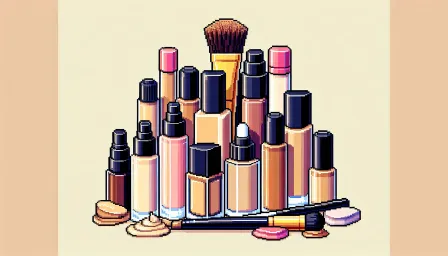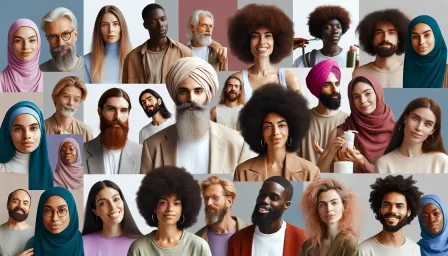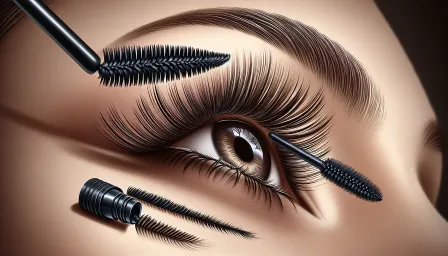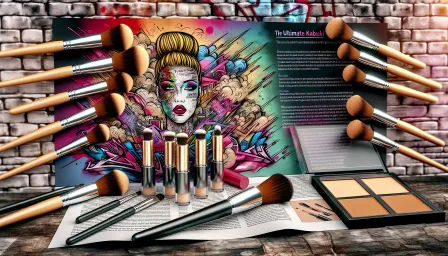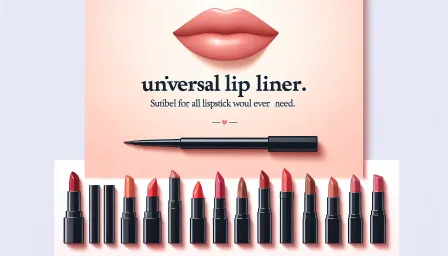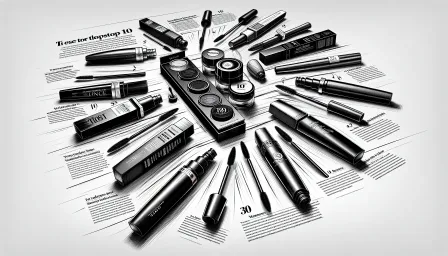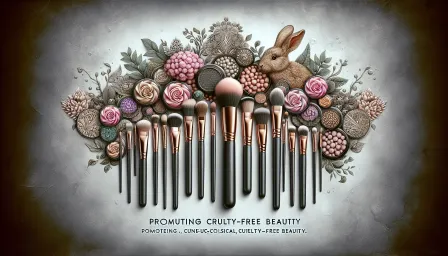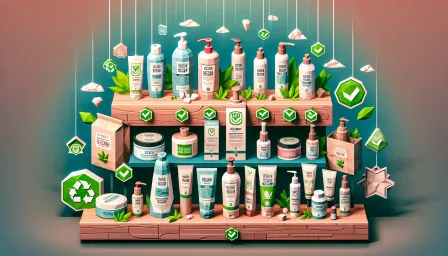The Evolution of Beauty Standards and the Fashion Industry: A Deep Dive

Explore the evolution of beauty standards and their profound impact on the fashion industry. Understand historical trends, modern influencers, and the changing ideals of beauty.
Beauty standards have played a pivotal role in shaping the fashion industry for centuries. From the corseted waists of the Victorian era to the body positivity movement of today, the ideals of beauty have continuously evolved, reflecting broader cultural and societal changes. This article delves into the historical progression of beauty standards and their significant influence on fashion, offering a comprehensive overview that underscores the interwoven relationship between the two.
Historical Beauty Standards
The Middle Ages to the Renaissance
During the Middle Ages, beauty was often defined by religious and moral undertones, emphasizing modesty and piety. Aristocratic women aimed for a pale complexion, symbolizing purity and social status, often achieved with lead-based cosmetics that, unbeknownst at the time, carried severe health risks.
The Renaissance period shifted towards a more natural look, celebrating fuller figures, fair skin, and elongated necks. Famous artworks from the era, like Botticelli's "The Birth of Venus," illustrate these ideals, depicting women with cascading hair and serene expressions, epitomizing grace and elegance.
The Victorian Era and the Edwardian Period
The Victorian era brought a return to strict beauty canons, with women enduring tight corsetry to achieve an hourglass figure, reflecting a woman's virtue and social standing. Pale skin continued to prevail, often accentuated with subtle makeup.
Conversely, the Edwardian period softened these strictures, promoting a "S-bend" corset that emphasized a more exaggerated silhouette. The emergence of the Gibson Girl, characterized by an hourglass figure, voluminous hair, and an independent spirit, became a fashion icon of the time.
20th Century Shifts in Beauty Standards
The Roaring Twenties
The 1920s witnessed a dramatic transformation in beauty ideals, featuring the flapper girl with bobbed hair, flat chests, and shorter hemlines. This change symbolized women's growing independence and societal shifts post-World War I, challenging earlier, more restrictive standards.
The Golden Age of Hollywood
The 1930s to 1950s marked the Golden Age of Hollywood, wherein actresses like Marilyn Monroe and Audrey Hepburn set the defining beauty trends. The hourglass figure made a comeback, epitomized by Monroe's curves, while Hepburn's slender, elegant look provided an alternative that remains influential to this day.
The Swinging Sixties and the Seventies
The 1960s introduced a dramatic shift with the mod style characterized by youthfulness and vibrant fashion. Supermodel Twiggy's waif-like figure and doe-eyed makeup became the poster image of the mod era. The 1970s diversified beauty ideals further, embracing natural looks and a broader acceptance of different body types and ethnicities within the context of the burgeoning civil rights movements.
Modern Beauty Standards and the Fashion Industry
The Rise of the Supermodel Era
The 1980s and 1990s saw the rise of the supermodel, with figures like Naomi Campbell, Cindy Crawford, and Kate Moss dominating the fashion landscape. Their beauty set trends, but also sparked controversies over unrealistic body expectations, particularly influenced by the 'heroin chic' look of the late 1990s.
The 21st Century: Diversity and Body Positivity
The new millennium has brought significant progress towards inclusive beauty standards. The fashion industry is increasingly showcasing diverse models across age, size, and ethnicity. Campaigns promoting body positivity challenge archaic beauty norms, led by brands and figures who prioritize self-acceptance and authenticity. Social media platforms like Instagram have democratized beauty, allowing a multitude of voices and faces to redefine the industry's standards in real time.
The Influence of Technology and Social Media
The advent of technology and social media has further transformed beauty standards. The influence of filters, photo editing apps, and influencers creates a dynamic, albeit complex, landscape. While these tools democratize beauty by giving everyone a platform, they also perpetuate unattainable beauty ideals, raising concerns over digital distortion and mental health impacts.
The Future of Beauty Standards and Fashion
As society becomes more conscious of diversity and individuality, the future of beauty standards is leaning towards further inclusivity. Movements advocating for sustainable fashion, ethically sourced materials, and representation continue gaining momentum. The fashion industry's response to these demands is crucial in shaping a more equitable and realistic portrayal of beauty.
Collaborations between fashion houses, social movements, and influential public figures aim to dismantle harmful stereotypes and promote a healthier, more inclusive industry. Initiatives, such as promoting diverse runway shows and campaigns, aim to celebrate all forms of beauty without the constraints of outdated norms.
Conclusion
Beauty standards and the fashion industry are inextricably linked, continuously evolving to reflect and influence societal values. From ancient ideals to modern movements advocating for inclusivity and body positivity, the perception of beauty has undergone significant transformations. As the industry progresses, the hope is to foster a landscape that celebrates diversity and promotes genuine self-expression, ensuring that beauty standards become more inclusive and representative of all.




